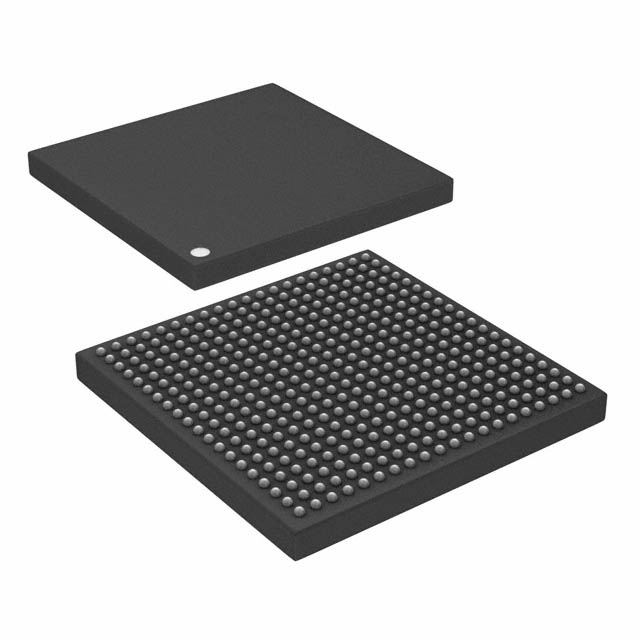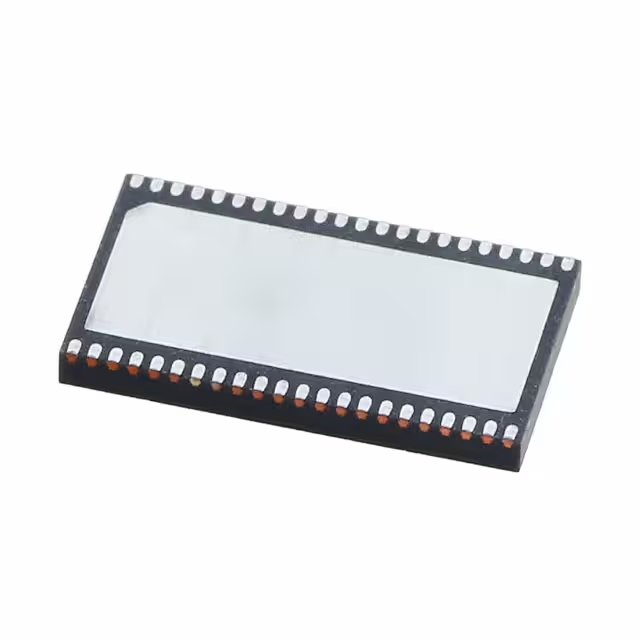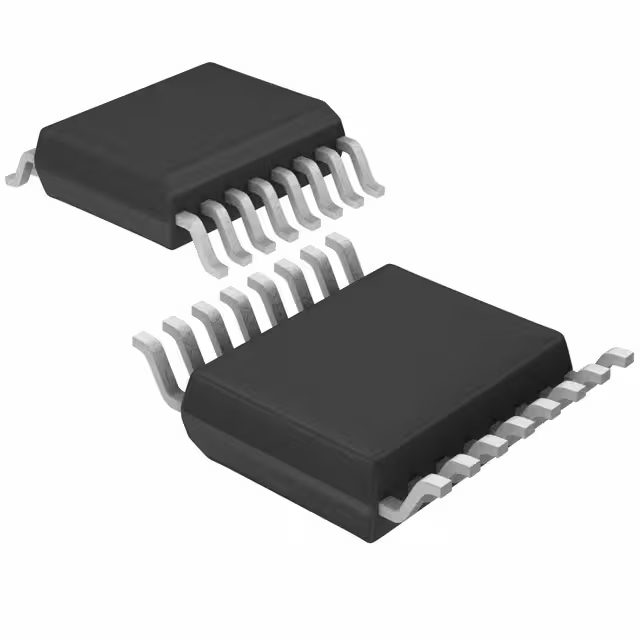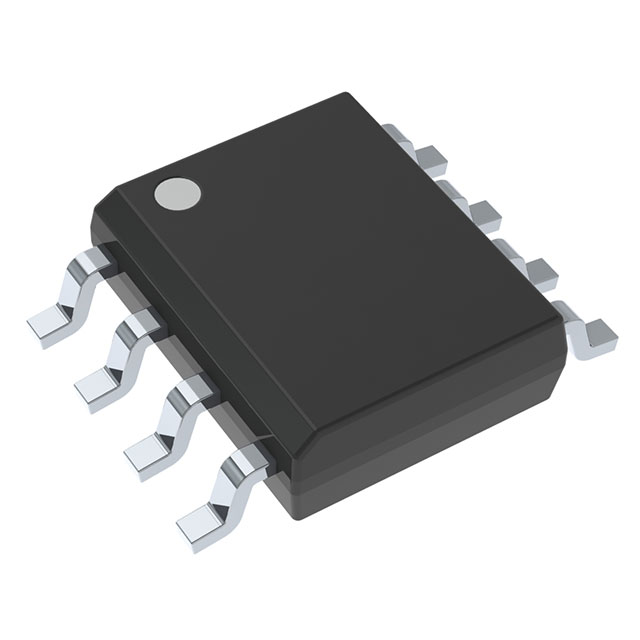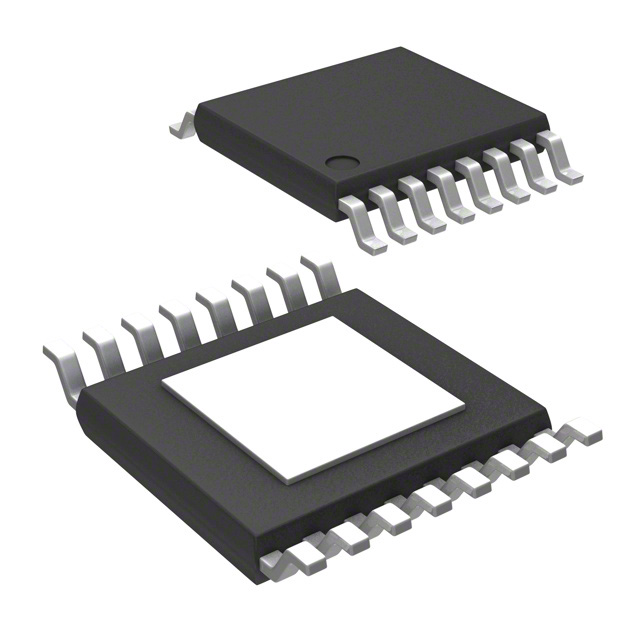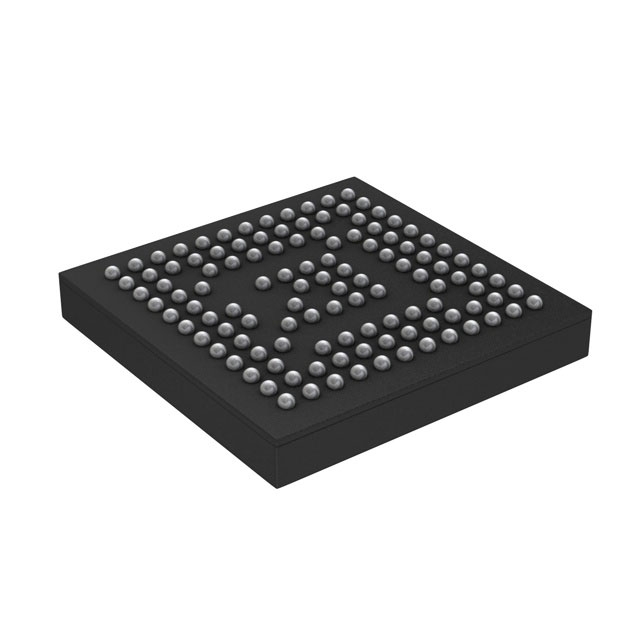OP27GP datasheet, amplifier, 15volt, pdf
- Amplifier Type: General Purpose
- Number of Circuits: 1
- Output Type: -
- Package: 8-DIP (0.300, 7.62mm)

FREE delivery for orders over HK$250.00

Quick response, quick quotaton

Flash shipment,no worries after sales

Original channel,guarantee of the authentic products
OP27GP
OP27GP is a precision, low-noise operational amplifier that’s great for situations where you need accurate signal processing. With an input offset voltage as low as 25μV, it offers impressive DC precision. Its low noise characteristic (3nV/√Hz) makes it ideal for applications requiring pure signals, like audio equipment, sensors, and instrumentation. The amplifier also boasts a high common-mode rejection ratio and power supply rejection ratio (both over 120 dB), ensuring stable performance even in fluctuating power environments. Plus, it operates within a wide voltage range of ±4V to ±18V, making it versatile for various analog circuit needs. If you’re after high-precision signal conditioning, this amplifier is a solid choice.
OP27GP Pinout
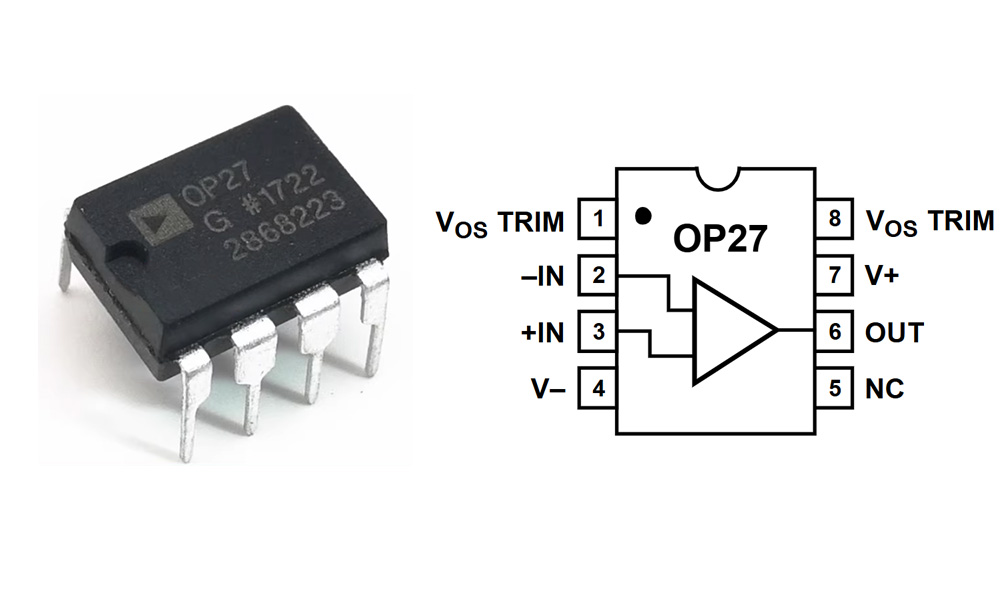
| Pin Number | Name | Function Description |
|---|---|---|
| 1 | Offset Null | Offset adjustment pin, used to reduce input offset voltage |
| 2 | Inverting Input (−) | Inverting input pin |
| 3 | Non-Inverting Input (+) | Non-inverting input pin |
| 4 | V− | Negative power supply input pin |
| 5 | Output | Output pin |
| 6 | V+ | Positive power supply input pin |
| 7 | Offset Null | Offset adjustment pin, used to reduce input offset voltage |
| 8 | N.C. | No Connection pin |
When using the OP27GP, there are a few things to keep in mind. First, the bias adjustment pins (pins 1 and 7) let you fine-tune the input offset voltage, which is crucial for precise applications. The inverting input (pin 2) and non-inverting input (pin 3) are key for signal input, so make sure the signal level doesn’t exceed the op-amp’s input range. For power, make sure the negative (pin 4) and positive (pin 6) supply voltages fall within the OP27GP’s specified range, typically ±4V to ±18V. Lastly, connect the output pin (pin 5) to your target circuit, avoiding heavy loads that could affect performance.
OP27GP Equivalent Precision Op Amp
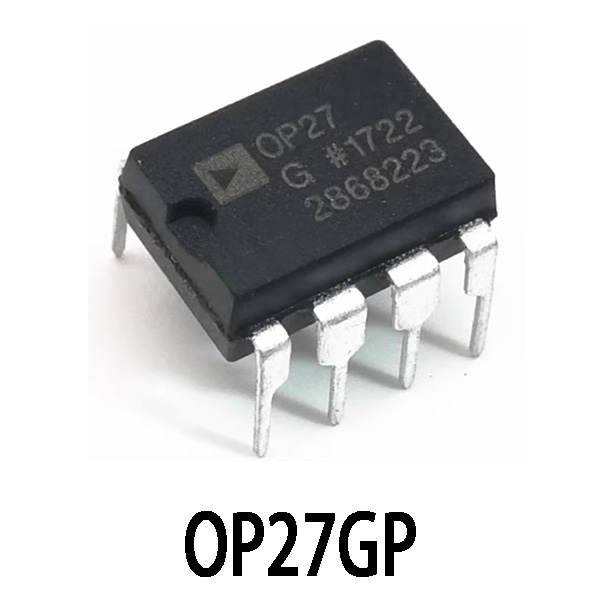



| Specification | OP27GP | ADA4522-1 | LT1001 | OPA2277 |
|---|---|---|---|---|
| Input Offset Voltage | 25μV (typical) | 25μV (typical) | 50μV (typical) | 25μV (typical) |
| Noise Density | 3nV/√Hz | 2.5nV/√Hz | 5nV/√Hz | 3nV/√Hz |
| Supply Voltage Range | ±4V to ±18V | ±2.5V to ±18V | ±15V to ±30V | ±2.5V to ±36V |
| Bandwidth | 8MHz | 1.3MHz | 0.2MHz | 0.8MHz |
| Input Common Mode Voltage Range | ±12V (typical) | ±12V | ±13V | ±12V |
| Gain Bandwidth Product | 0.4MHz | 1.3MHz | 0.02MHz | 0.8MHz |
| Package Type | 8-SOIC | 8-SOIC | 8-DIP | 8-SOIC |
If you’re looking for alternatives to the OP27GP, the ADA4522-1 is a solid option. It offers similar input offset voltage and noise density, making it suitable for most precision applications, with a slightly wider power supply range. Its lower bandwidth (1.3MHz) makes it ideal for lower-frequency use. The LT1001, with a wider power range, might be good for static applications but has a lower gain bandwidth (0.02MHz), so it’s not the best for high-frequency use. If you need a broader power supply range, the OPA2277 is another great option, supporting ±2.5V to ±36V, though with a slightly lower gain bandwidth.
OP27GP Low Noise Amplifier Circuit

This OP27GP op-amp is perfect if you’re building a phono preamp circuit for vinyl records. Its ultra-low noise (3nV/√Hz) makes your audio super clear. At the input, you’ve got a 47.5kΩ resistor paired with a 150pF capacitor, giving your moving magnet cartridge just the right impedance match and filtering out unwanted high frequencies. The RIAA equalization, using resistors and capacitors (R1, R2, R3, C1, C2), ensures your audio stays true to the original vinyl sound. You also have two 220μF capacitors (C3, C4) to control the low-frequency roll-off—flip a switch to fine-tune your bass response. Lastly, resistor R5 and the output network make connecting to your next audio stage easy and hassle-free.
OP27GP Signal Conditioning Design
Think of this circuit as a classic audio signal conditioner, specifically built for tiny analog signals from your MM cartridge. At the input, the 47.5kΩ resistor and 150pF capacitor give you perfect cartridge loading, avoiding distortion. The OP27GP amp then cleanly boosts your audio, thanks to its ultra-low noise (just 3 nV/√Hz). Next, RIAA equalization (R1, R2, C1, C2) brings your audio back to its original recording balance. DC-blocking caps (C3, C4) remove unwanted low frequencies, while the output stage (R4 and output cap) ensures compatibility with your next device.
OP27GP Instrumentation Amplifier Project
If you’re looking to build a precision instrumentation amplifier with OP27GP chips, here’s a simple setup: Use two OP27GPs as input buffers and another one as a differential amplifier. This arrangement is great for strain gauges, biomedical signals like ECG, or low-voltage bridge sensors (pressure, load cells). The OP27GP has super-low input offset voltage (around 25µV) ideal for accurate DC measurements and low noise (3nV/√Hz), perfect for amplifying small signals. Gain is adjustable from 1 to 1000 with just a resistor, and the single-ended output easily connects to ADCs or analog gear.
OP27GP DC Precision Amplifier Usage
If you’re building a DC precision amplifier, the OP27GP is a great pick. It’s got an ultra-low input offset voltage (around 25µV), so you won’t struggle with accuracy or need constant tweaking. It’s perfect for buffering voltage references, amplifying tiny signals from thermocouples or bridge sensors, and even correcting unwanted DC offset. Plus, its low drift and minimal bias current mean your accuracy stays consistent. Noise isn’t a big deal either, thanks to its high PSRR and CMRR.





